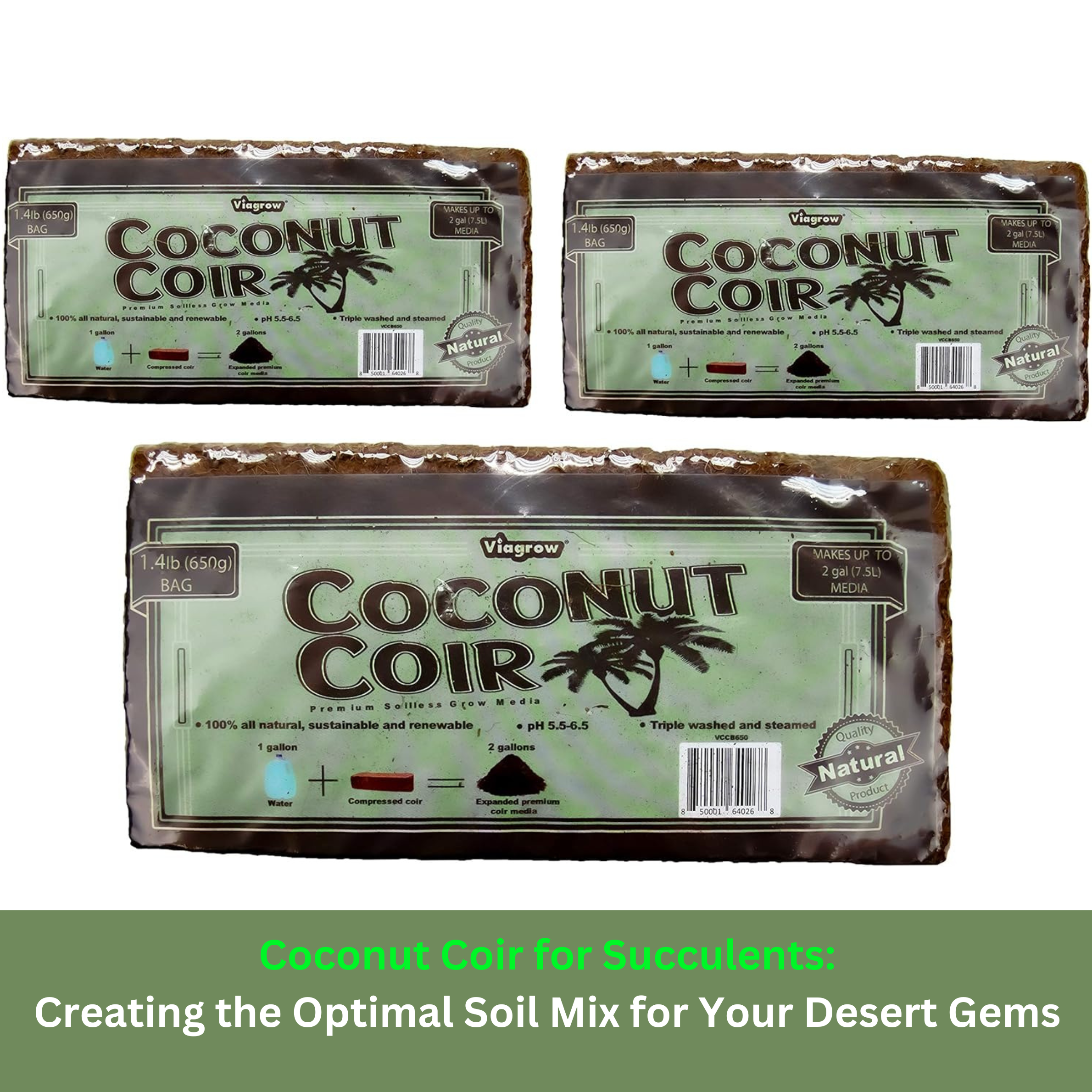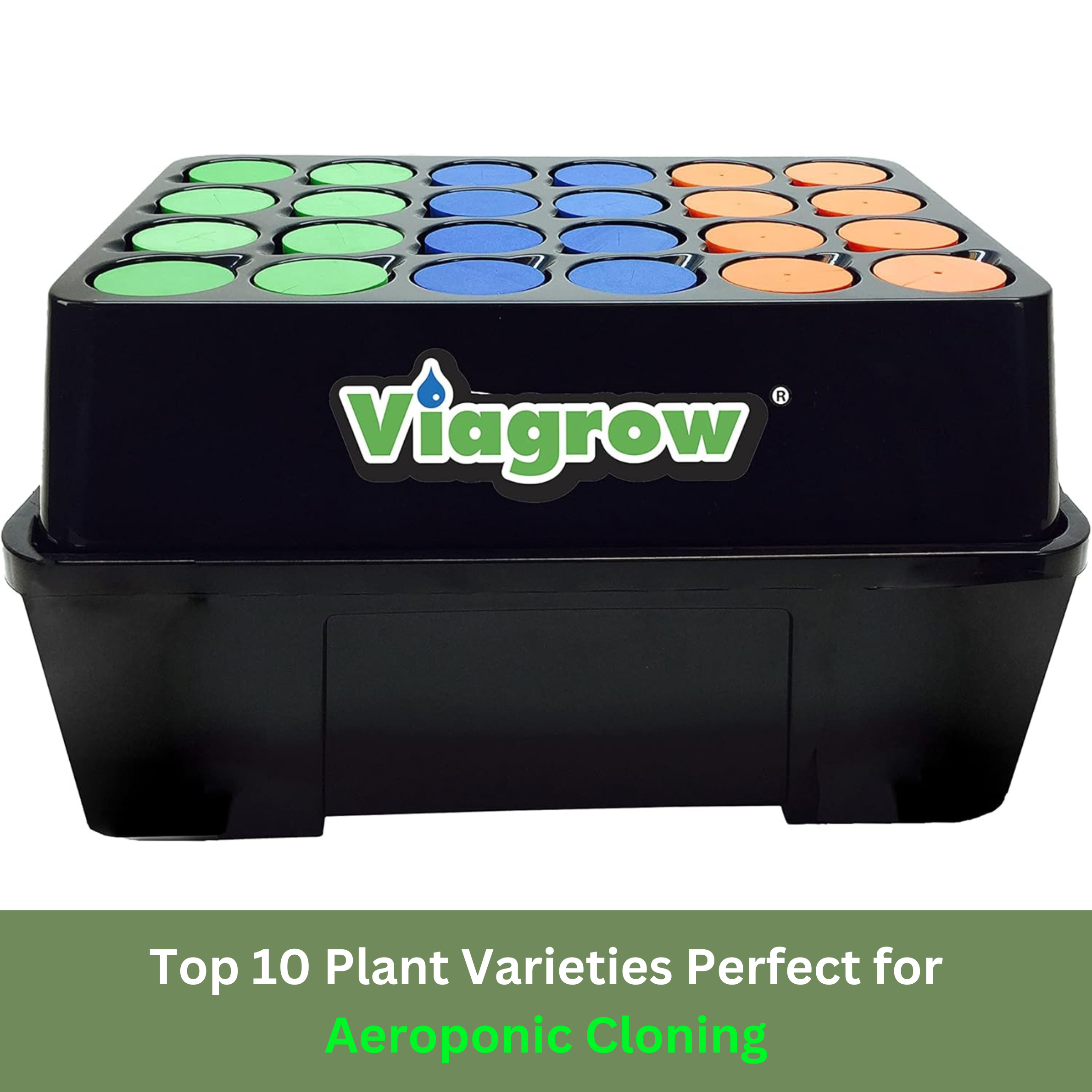Aeroponic cloning is an advanced method of plant propagation that has gained popularity among gardeners and horticulturists for its efficiency and effectiveness. This technique involves growing plants in an air or mist environment without the use of soil or other growing media. The primary advantage of aeroponic cloning is the rapid development of roots, leading to healthier and more robust plants. Understanding the science behind this process can help gardeners achieve better results in plant propagation.
What is Aeroponic Cloning?
Aeroponic cloning involves suspending plant cuttings in an environment where their roots are constantly misted with a nutrient-rich solution. This method provides optimal conditions for root growth by ensuring the cuttings receive the right balance of moisture, oxygen, and nutrients. An aeroponic cloning system typically consists of a reservoir to hold the nutrient solution, a pump to circulate the solution, and misting nozzles to spray the roots of the cuttings.
Compared to traditional cloning methods, aeroponic cloning offers several advantages. Traditional methods, which involve placing cuttings in soil or water, do not provide the same level of control over environmental conditions. Soil-based cloning can lead to issues such as root rot and fungal infections due to poor drainage and aeration. Water-based cloning may result in slower root development due to limited oxygen availability. Aeroponic cloning addresses these issues by maintaining an optimal balance of moisture and oxygen, promoting faster and healthier root growth.
The Science of Root Development
Root development is a critical process in the growth of plants. Roots absorb water and nutrients, anchor the plant, and store food and nutrients. Several factors influence root growth and health, including oxygen availability, moisture levels, and nutrient supply.
Importance of Oxygen, Water, and Nutrients
Roots require oxygen to carry out respiration, a process that provides energy for growth and nutrient uptake. Without adequate oxygen, roots can become stressed and susceptible to diseases. Water is essential for root growth as it helps dissolve and transport nutrients to the plant. However, excessive water can lead to waterlogging and oxygen deficiency, harming root development. Essential nutrients such as nitrogen, phosphorus, and potassium support various physiological processes in plants, including root growth. Adequate nutrient supply is crucial for healthy root development.
How Aeroponic Cloning Accelerates Root Development
Aeroponic cloning systems are designed to optimize the conditions necessary for rapid root growth.
Constant Misting

The continuous misting of roots in an aeroponic system ensures that the cuttings receive a consistent supply of moisture. This prevents the roots from drying out and provides a stable environment for growth. The fine mist also helps maintain the right humidity levels around the roots, promoting healthy development.
Increased Oxygen Availability
In an aeroponic system, roots are suspended in the air, allowing them to access ample oxygen. This is a significant advantage over soil and water-based cloning methods, where oxygen availability can be limited. The increased oxygen supply supports respiration and energy production, leading to faster root growth.
Efficient Nutrient Uptake
The nutrient solution in an aeroponic system is designed to provide all the essential nutrients required for root development. The direct exposure of roots to this solution ensures efficient nutrient uptake, reducing the risk of deficiencies and promoting robust growth.
Benefits of Faster Root Development
The accelerated root development achieved through aeroponic cloning offers several benefits. Rapid root growth leads to the development of stronger and healthier plants with robust root systems. This results in shorter propagation times, allowing gardeners to produce mature plants more quickly. Additionally, the optimal conditions provided by aeroponic systems result in higher cloning success rates, ensuring more cuttings develop into healthy plants.
Key Components of an Aeroponic Cloning System
An effective aeroponic cloning system includes several key components:
- Reservoir: The reservoir holds the nutrient solution that is used to mist the roots. It should be large enough to accommodate the volume of solution required and should be easy to clean and maintain.
- Pump: The pump circulates the nutrient solution from the reservoir to the misting nozzles. It is essential to use a high-quality pump that can maintain consistent pressure and flow.
- Misting Nozzles: Misting nozzles spray the roots with a fine mist of nutrient solution. They should be designed to provide even coverage and prevent clogging.
- Cloning Gels and Solutions: Using high-quality cloning gels and nutrient solutions can enhance root development. These products contain essential nutrients and hormones that promote root growth.
- Grow Lights: Grow lights provide the necessary light for photosynthesis and overall plant health. They should be positioned to provide adequate light without causing heat stress.
Optimal Conditions for Aeroponic Cloning
To achieve the best results with aeroponic cloning, it is important to maintain optimal environmental conditions. Ideal temperature ranges for root development are between 65°F and 75°F. Humidity levels should be kept high to prevent the roots from drying out. Keeping the aeroponic system clean and sterile is crucial to prevent the growth of pathogens. Regularly clean and disinfect the reservoir, pump, and misting nozzles. Monitor and adjust the pH levels of the nutrient solution to ensure it is within the optimal range for plant growth (typically between 5.5 and 6.5). Regularly check nutrient concentrations to ensure the plants are receiving the necessary nutrients.
Troubleshooting Common Issues
Despite the advantages of aeroponic cloning, some issues can arise. To prevent root rot and fungal infections, ensure proper air circulation and avoid over-misting. Maintain a clean system and monitor for any signs of disease. Regularly check the misting nozzles to ensure they are not clogged and are providing consistent coverage. Clean and replace nozzles as needed. Monitor environmental conditions such as temperature, humidity, and pH levels regularly. Make adjustments as needed to maintain a stable environment for the cuttings.
Final Thoughts on Aeroponic Cloning Benefits
Aeroponic cloning offers a scientifically advanced method for achieving faster root development and healthier plants. By understanding the science behind this technique and maintaining optimal conditions, gardeners can enhance their plant propagation success. Explore the benefits of aeroponic cloning and take your gardening to the next level. For more tips and information on advanced gardening techniques, visit our blog. Happy cloning!










Leave a comment
All comments are moderated before being published.
This site is protected by hCaptcha and the hCaptcha Privacy Policy and Terms of Service apply.